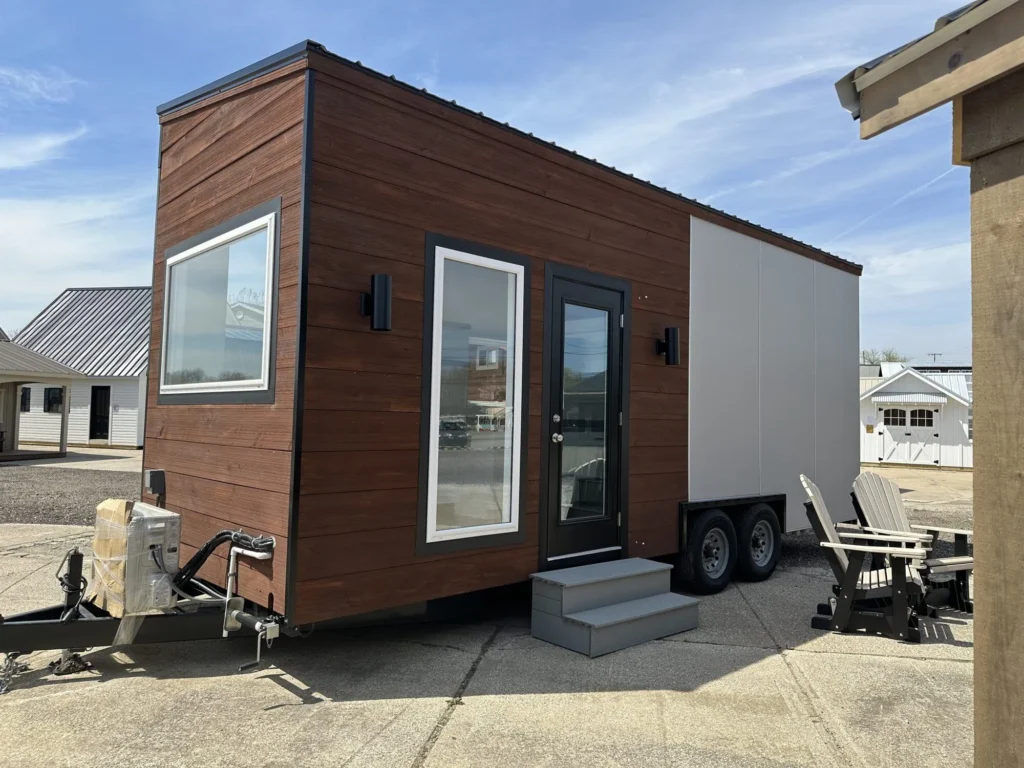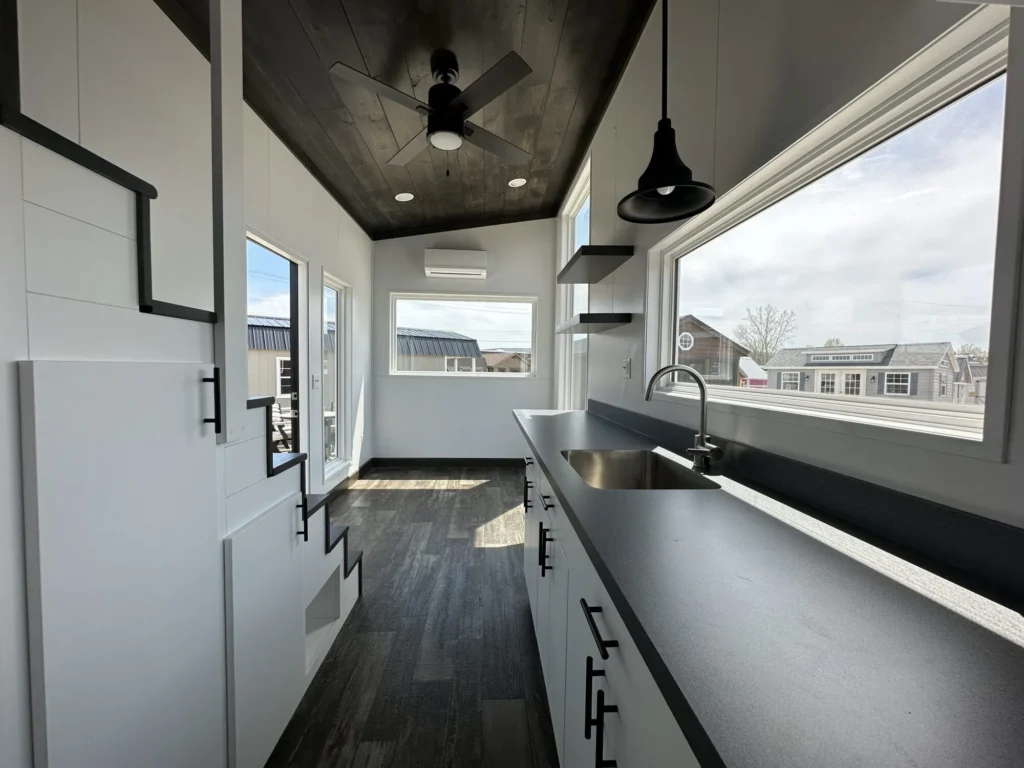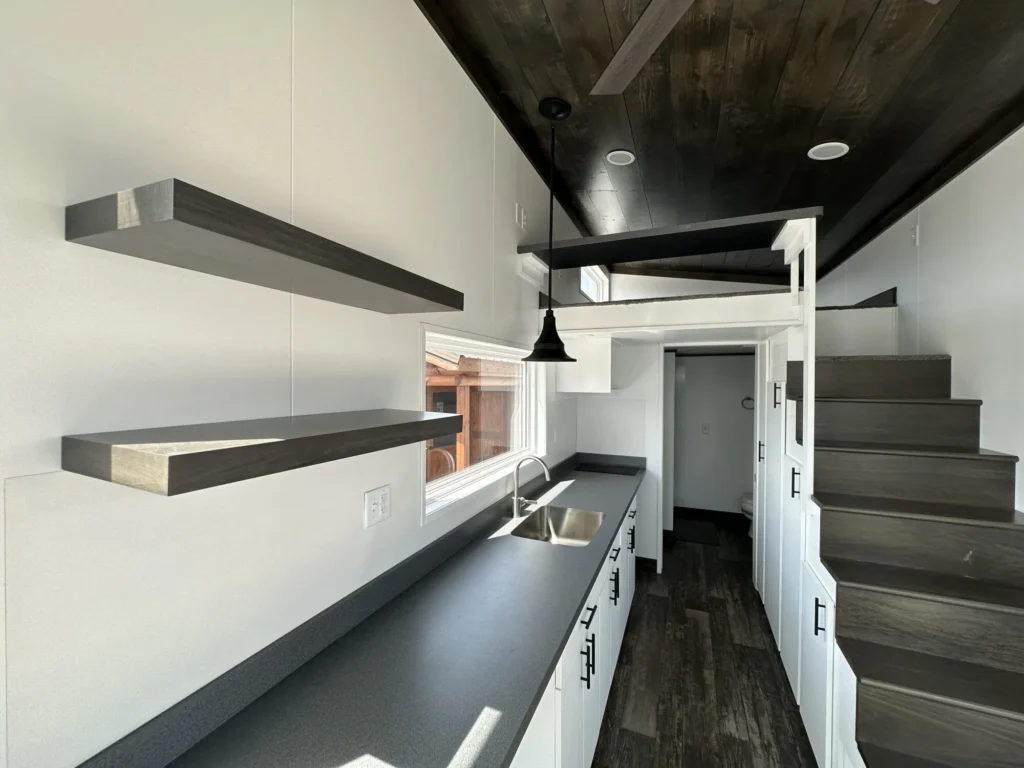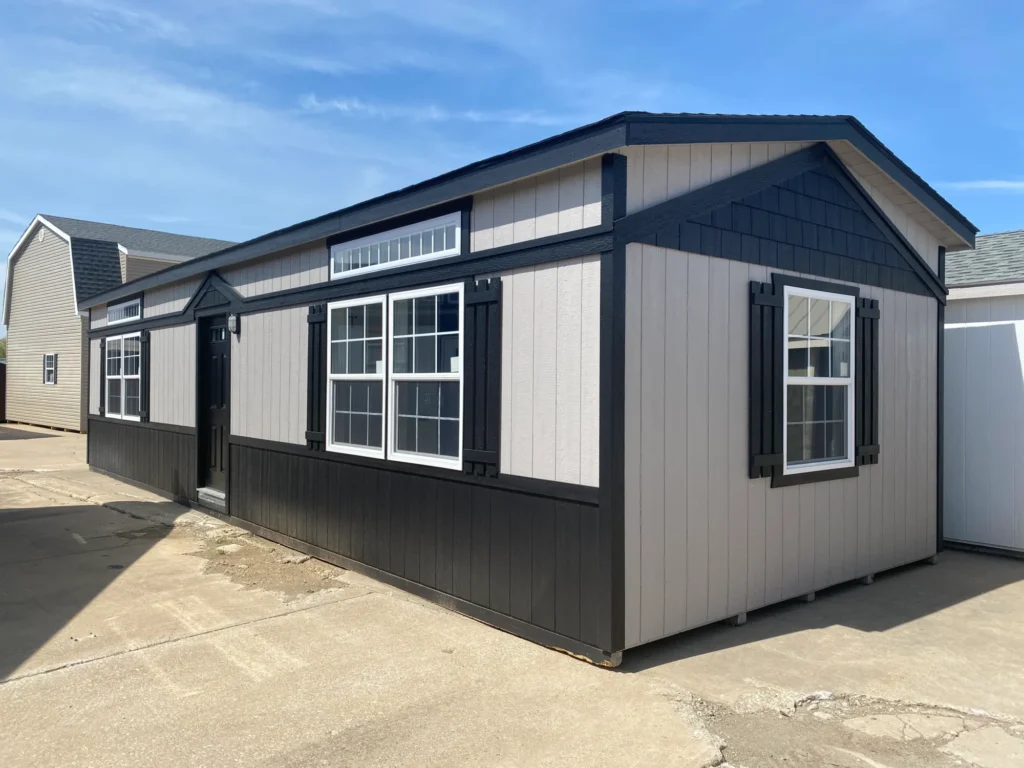Tiny homes are known for their efficiency, mobility, and creative use of space. But beyond functionality, style and comfort are just as important. Knowing how to decorate a tiny home can make even the smallest space feel spacious, welcoming, and uniquely yours. With the right approach, you can design a home that reflects your personality without cluttering or overwhelming the limited square footage. In this article, we’ll explore strategies, concepts, and design philosophies that help tiny homeowners create big impact in small spaces.

Embrace Minimalism with Purpose
The first rule of thumb when learning how to decorate a tiny home is to embrace purposeful minimalism. This doesn’t mean you have to strip your home of style or personality. Instead, it encourages thoughtful choices in decor, where every item has both function and aesthetic value. Multi-use furniture, built-in storage, and decluttering are essential steps toward creating a cohesive space.
Choose decor that serves dual purposes. A bench with built-in storage, a coffee table that folds into a dining table, or ottomans that store blankets are all examples of pieces that decorate while serving a function. This intentionality helps prevent a cramped or chaotic feeling and supports a visually calm environment.

Use Light and Color to Open the Space
Color plays a pivotal role in how spacious a room feels. Lighter tones like whites, creams, and pastels help reflect natural light and create an airy atmosphere. You can still bring personality through accent colors—soft blues, sage greens, or warm wood tones add warmth without visually shrinking the space.
When painting or decorating, consider a monochromatic palette to maintain harmony and flow throughout the tiny home. Consistency in wall, trim, and ceiling colors can help visually enlarge the room. Mirrors are also a classic decorating tool that amplify light and create the illusion of additional space.
Think Vertical, Not Just Horizontal
Maximizing vertical space is a core strategy in tiny home design. When decorating, consider how to incorporate shelves, hanging planters, vertical storage units, and tall cabinetry. These elements not only provide practical storage but also elevate the visual design.
Lofts are a common feature in tiny homes and offer great opportunities for creative decoration. Adding string lights, a minimalist railing, or accent wall paint can turn a sleeping loft into a cozy, decorative space. Use the walls to mount lamps, art, and plants, reducing the need for floor-level furniture.

Let the Architecture Shine
Tiny homes often feature beautiful craftsmanship, natural wood elements, and intentional layouts. When decorating, let these structural features take center stage. Exposed beams, wood-paneled walls, or custom cabinetry offer texture and warmth without additional clutter.
By highlighting architectural elements rather than covering them with too many accessories, you allow the home’s core design to provide visual interest. This approach also reduces the temptation to over-decorate, which is especially helpful in small spaces where every detail is visible.
Use Natural Elements for Warmth
Natural materials like wood, stone, cotton, and wool add warmth and texture to a tiny home. Incorporate woven baskets for storage, wool throws for comfort, and natural wood frames or shelves for decor. These tactile elements ground the space and create a cozy, earthy aesthetic.
Plants are another powerful decorating tool. Small potted plants, hanging greenery, or vertical gardens bring life into the space without taking up much room. Choose low-maintenance options that thrive indoors, such as pothos, succulents, or snake plants.

Keep Decor Cohesive and Balanced
In a tiny home, there is less room for design inconsistency. Choose a central theme or style and stick to it across all rooms. Whether it’s modern farmhouse, Scandinavian, coastal, or rustic, a consistent aesthetic will prevent the space from feeling disjointed.
Balance is also key. Too many bold colors, clashing patterns, or oversized accessories can overwhelm. Use symmetry, layering, and repetition in your design choices to achieve harmony. A pair of matching lamps, evenly spaced wall art, or a unified palette across textiles contributes to a polished look.
Customize for Your Lifestyle
Tiny home decorating should reflect your lifestyle and daily habits. If you work from home, incorporate a compact desk with good lighting. If you love to cook, make the kitchen a focal point with attractive open shelving, utensil organizers, and aesthetically pleasing cookware.
Built-in features can also reflect your personal needs. A window seat with storage underneath, a fold-out writing surface, or a pet nook can be both functional and decorative. Decor should support your routines, not complicate them.

Work With a Builder That Understands Space
Ohio Cabins & Structures creates beautifully designed tiny homes that blend practicality with visual appeal. Their thoughtful layouts and custom options give you a strong foundation for decorating your space with ease. Whether you want natural wood finishes, added shelving, or extra windows for light, their design team can help you achieve your vision.
Visit Ohio Cabins & Structures to explore models and get inspiration for how to decorate your future home. Additional resources on small space design can be found at Apartment Therapy and Houzz.
Knowing how to decorate a tiny home starts with understanding space, function, and style. With intentional choices and a focus on balance, your tiny home can feel as expansive, beautiful, and comfortable as any full-sized residence.
